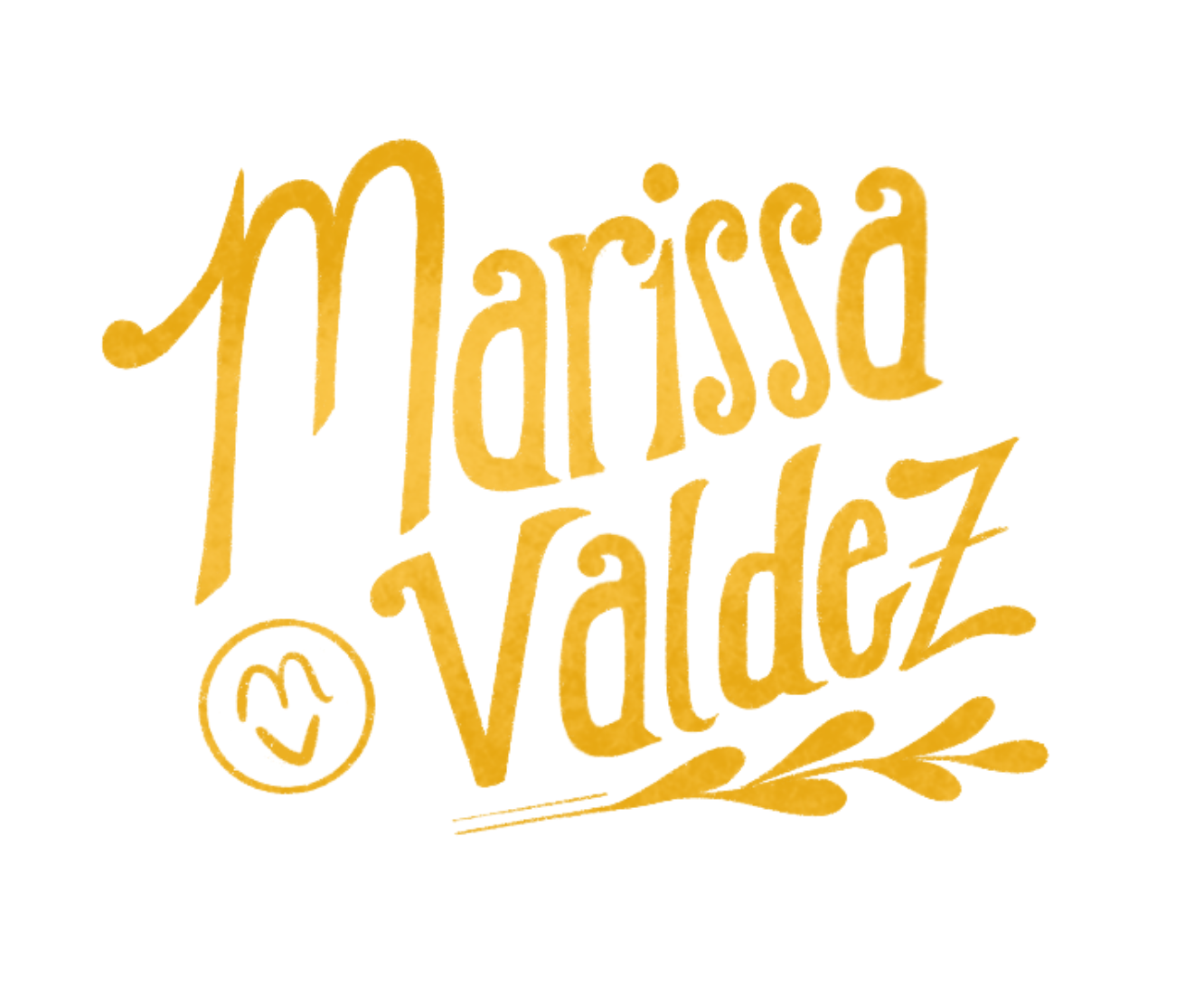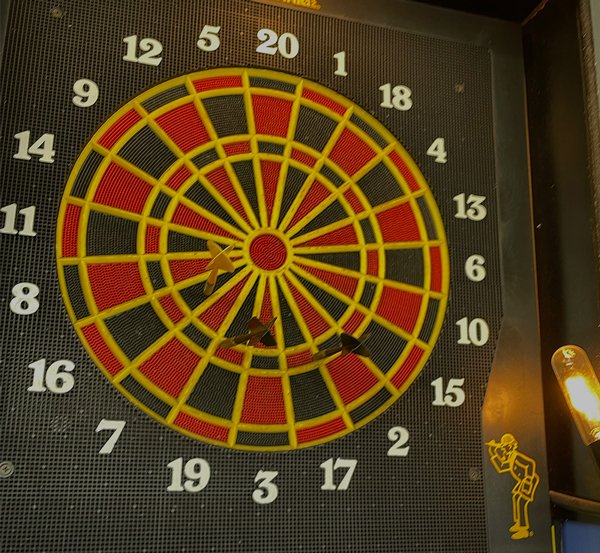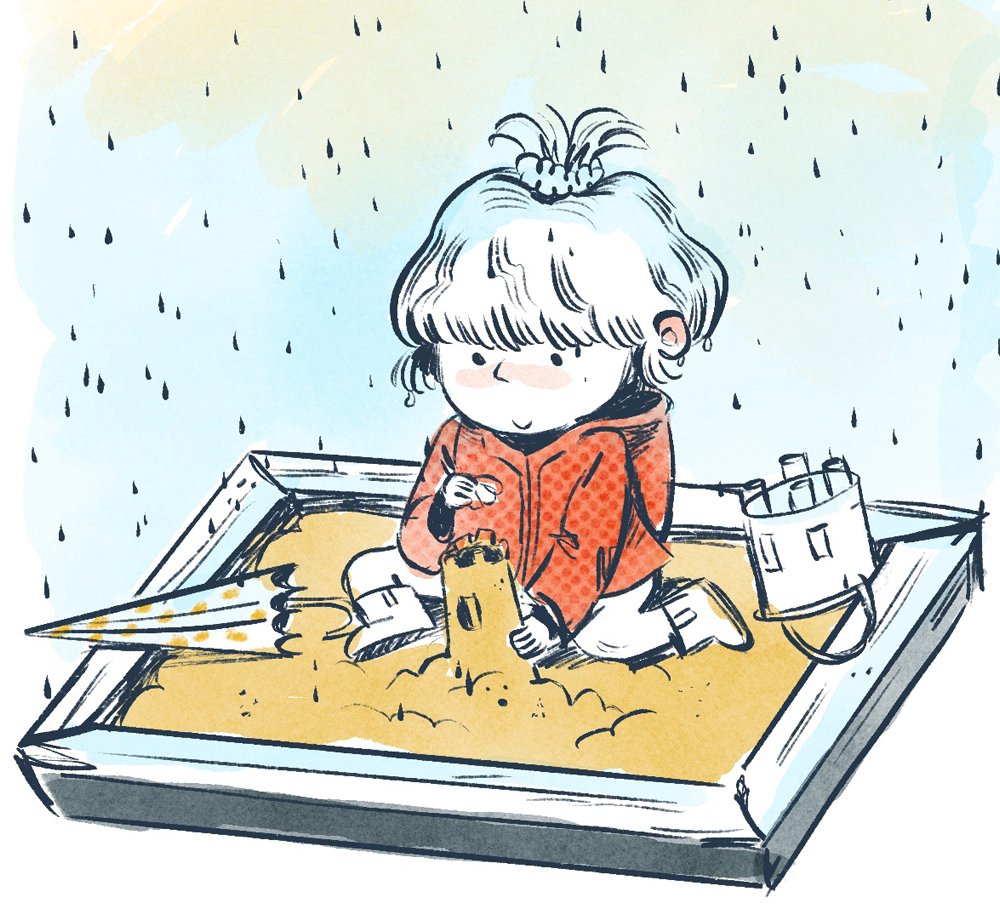Handmade textures, oh golly, handmade textures! I always look forward to the day/week/month when I get to focus on making textures. It’s one of my favorite parts of the illustration process and the time when I know I can break out acrylics, gouaches, colored pencils, sponges, random items, fabrics, and fun mark-making tools. Making textures sends a fresh rush of adrenaline up my creative spine!
@marissaarts - handmade + procreate illustration
Why create handmade textures?
I get asked a lot whether I create my illustrations traditionally or digitally. Surprisingly (to me at least!), a lot of people think I paint in actual watercolor. So much so that it was even mentioned in a review of AMBITIOUS GIRL:
“The soft watercolor illustrations amplify the book’s underlying messages of love and hope, filling the backgrounds with a multiracial cast of women diverse in age, sexuality, ethnicity, and ability.” - Kirkus.
But guess what — I haven’t used watercolor for aannnyy of my book illustrations so far. I even have a little secret… I don’t even like using watercolor! (Don’t tell anyone I said that, okay??) Honestly, I wish I had the skills to create a book entirely using traditional mediums (which is definitely a goal one day!), but it’s not something I want to tackle at the moment.
That being said, the way that I’m able to accomplish a look that mimics traditional mediums is by using the seriously amazing Maxpack Procreate brushes and by importing handmade textures into Procreate. I’ve found that the traditional textures I create add that teeny, tiny extra touch which knocks the piece onto another level. In fact, sometimes I’m surprised by what the texture does to the illustration. That handmade quality of the texture can affect my base illustration in a way that I don’t initially expect, much like the happy mistakes that you tend to get when you paint traditionally.
Those happy accidents (like grabbing the wrong color, accidental ink spills, smudges, etc.) tend to add some whimsy to the digital illustration process where whimsy tends to be in high demand, especially because every mistake is only two taps away from being undone.
Recent sketch @marissaarts
A recent example of unexpected whimsy: I was free-sketching in Procreate one morning and made the illustration above. I finished up the linework and color, but the piece still seemed a little… bland. Because this was just a sketch, I pulled out a random “texture” from my photo folder and plopped it in Procreate as an overlay layer.
Holy HECK! Not only did it add that teeny, tiny something special I was looking for, but it added something I wasn’t expecting: it added a light source to my doodle!
*The original “texture” photo and my sketch pre-texture. It’s not bad, but it didn’t have that little thing that made it great!
I have a hard time incorporating light sources in the first place, so this was a good reminder that it’s an element that I shouldn’t ignore in my future illustrations. That was something that I never would’ve added with a brush; my mind wasn’t going in that direction and doesn’t go in that direction naturally. So instead of toiling with the piece only using my digital tools, the texture did a lot of that work for me!
So… you’ve heard why I love making handmade textures; now try it yourself.
Tools and Materials:
Mark-making tools. Don’t limit yourself with these! Almost anything can become a mark-making tool and can surprise you in how it moves around the paint/ink/medium you’re using. You can use paint brushes, dried-out paint brushes, twigs, old toothbrushes, rags, paper towels, cut-up potatoes, leaves (I even used Oreos one time as a stamp!). Go wild!
Paint. Same here, be creative! Acrylics, gouache, watercolor, veggie dye you’ve created yourself. The sky's the limit! My favorite paints at the moment are Daniel Smith Watercolors and M.Graham & Co. Gouaches.
Ink. You can use a variety of inks, from india ink to fountain pen ink. Just remember that some are water-soluble and others are not. Water-soluble means that the ink will bleed and move around if you paint with watercolor or watered-down gouache on top of it. My favorite ink to use at the moment is Dr. Ph Martin’s Black Star Waterproof India Ink. It’s waterproof and the color is a deep, dark, soul-crushing black which I LOVE.
Dry media. Colored pencils, pastels, and crayons and lots more. Some of my favorites at the moment are Derwent Inktense Ink Pencils and Caran d’Ache Neopastels.
Paper! Or really any material you can paint on. I’m gonna keep saying this over and over, but be as creative as you want to be with the materials on this list. What I like to work with at the moment are smooth bristol paper, tissue paper and brown craft paper (like the kind included in packages; yay for recycling!)
Scanner, camera, Ipad, or anything that you can use to take a photo of your handmade texture. If you’re planning on using these textures in a handmade collage or illustration, feel free to disregard this step. BUT ALSO, if you can, getting high quality scans of your textures to keep on your computer is a great idea. When I’m on a tight deadline and I’m just looking for some of that extra pizzazz for an illustration, I’ll pull a texture that I’ve already created from my texture folder. It’s great when you don’t have the time to make something brand new for a project!
Now it’s time for the fun part…
Make your mark! Honestly, there’s no wrong way to create your textures. I recommend scheduling an hour or two at a time to go crazy because I find it can take a while to get into that crazy-mark-making-zone. If you’re making textures with a specific illustration in mind, you might want to stay a little more structured, but I find that I make my best work when I get into those truly open-ended play times with my art. That means dipping a potato in paint and then smooshing it into crumpled paper. Or finger painting with cheap paints from the dollar store. Or ripping up paper just to collage it all back together again.
In fact! Take a glimpse at how I made some textures with a specific illustration in mind:
(That scraggly twig thing in the video is a witches’ broom pen I got as a gift from a friend. It’s become one of my favorite mark-making tools!)
Honestly, isn’t that child-like playing-around the best part of being an artist? Magic happens when you let your mind explore!
So get messy, get dirty, go roll in some dirt and paint with your muddy clothes. I hope you make lots of happy mistakes along the way ❤️






